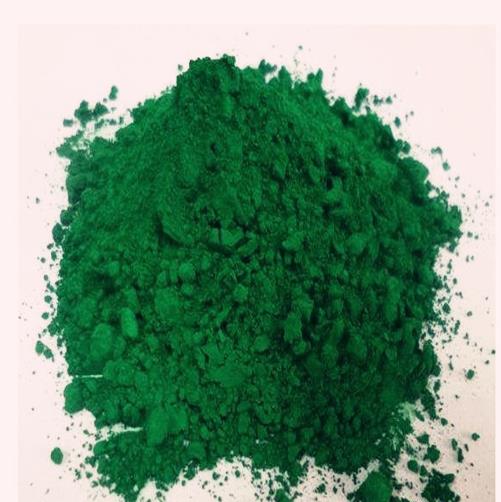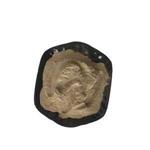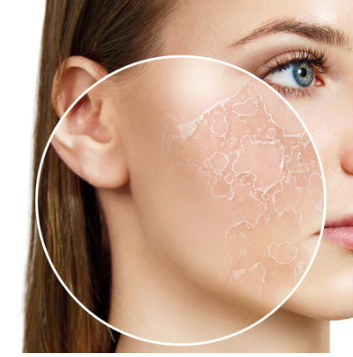Verteporfin: A Versatile Compound in Medical Chemistry
Nov 6,2024
Verteporfin, verteporfin liposome for injection, is an ophthalmic drug for photodynamic therapy launched by Novaris in 2000. Its main ingredient, verteporfin, is a photosensitizer that can be activated by light of a certain wavelength under aerobic conditions to produce reactive oxygen free radicals, which damage local neovascular endothelial cells and cause vascular closure. It is clinically used to treat wet age-related macular degeneration (AMD) with choroidal neovascularization (CNV) and is currently the only FDA-approved drug.

Figure 1 Characteristics of Verteporfin
Verteporfin Indications
Verteporfin treatment is indicated for patients with typical subfoveal choroidal neovascularization secondary to age-related macular degeneration, pathological myopia, or suspected ocular histoplasmosis.
Currently, there is insufficient evidence to support the use of verteporfin in patients with occult subfoveal choroidal neovascularization.
Verteporfin Dosage and Administration
(1) Verteporfin treatment is a two-step process that requires medication and laser treatment. The first step is intravenous infusion of verteporfin, and the second step is to activate verteporfin with non-thermal diode laser therapy.
(2) Each bottle of verteporfin should be used with 7 ml of sterile water for injection to prepare 7.5 ml of 2 mg/ml injection solution.
Precautions
(1) Avoid direct exposure of skin or eyes to sunlight or strong indoor light within 5 days after verteporfin treatment.
(2) General precautions: Avoid extravasation of drug solution during verteporfin infusion. Precautions include but are not limited to the following points:
Establish an intravenous channel before starting verteporfin infusion, and always pay attention to the patency of the channel.
Because the venous wall of some elderly patients is relatively fragile, try to choose the largest vein in the arm, such as the antecubital vein, for infusion.
Avoid using small veins on the back of the hand. If extravasation of drug solution occurs, stop the infusion immediately and apply cold compress locally.
Adverse Reactions
The most common adverse reactions to verteporfin treatment are headache, local injection reaction (including extravasation and rash) and visual impairment (blurred vision, decreased vision, visual field loss), which occur in about 10% to 30% of patients. The following adverse events arranged by body system are the most common reactions to verteporfin treatment, with a higher incidence than the placebo group, occurring in 1-10% of patients: Eyes: blepharitis, cataracts, conjunctivitis/conjunctival congestion, dry eyes, itching, severe vision loss, with or without subretinal or vitreous hemorrhage.
- Related articles
- Related Qustion
- Verteporfin Hair Regeneration Dec 15, 2022
Verteporfin works by blocking the Engrailed-1 fibroblast pathway. By blocking the Engrailed-1 pathway, researchers found that skin wounds no longer developed scars.
Verteporfin
129497-78-5You may like
- Verteporfin
-

- $1.00 / 1g
- 2025-10-31
- CAS:129497-78-5
- Min. Order: 1g
- Purity: 0.99
- Supply Ability: 20 tons
- Verteporfin
-

- $34.00 / 1mg
- 2025-10-31
- CAS:129497-78-5
- Min. Order:
- Purity: 98.24%
- Supply Ability: 10g
- Verteporfin
-

- $1.10 / 1g
- 2025-06-25
- CAS:129497-78-5
- Min. Order: 1g
- Purity: 99.0% min
- Supply Ability: 100 tons min






